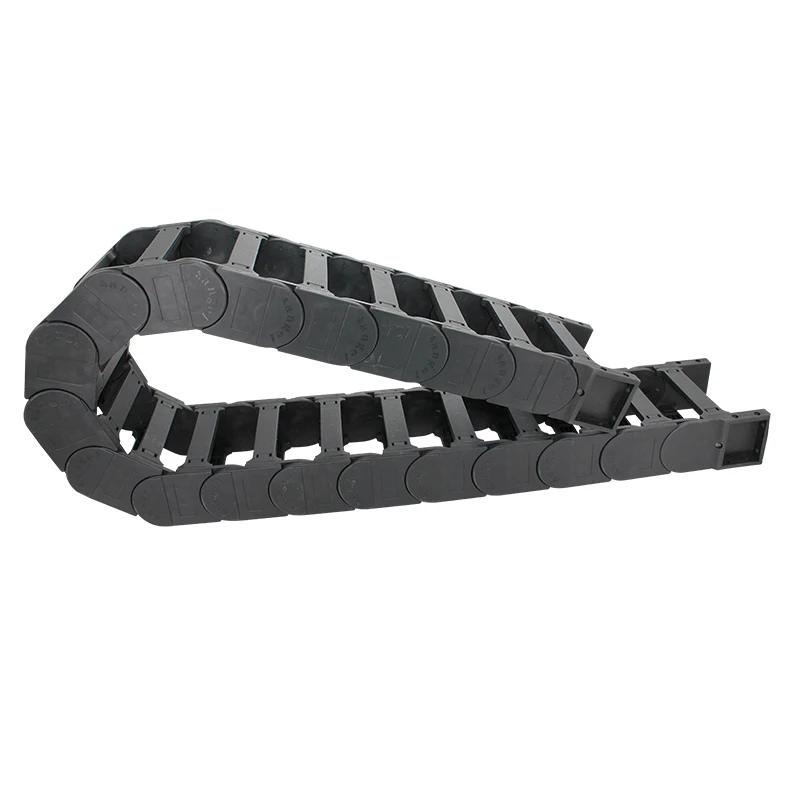plastic cable carrier
The Importance of Plastic Cable Carriers in Modern Applications
In today’s highly industrialized world, the efficient management of cables and hoses in machinery and equipment has become a paramount concern. This is where plastic cable carriers emerge as a crucial component in ensuring the longevity and reliability of various systems. These carriers, also known as drag chains or energy chains, are designed to guide and protect cables and hoses in applications where movement is involved.
What are Plastic Cable Carriers?
Plastic cable carriers are protective conduits—often made of high-strength plastic materials—that encase electrical cables, hydraulic hoses, and pneumatic tubes. Their design includes a series of interconnected links that can flex and bend without damaging the elements inside. This flexibility allows them to accommodate a wide range of movements, including vertical, horizontal, and complex maneuvers found in automated machinery, robotics, and conveyor systems.
Advantages of Plastic Cable Carriers
One of the most significant advantages of plastic cable carriers is their lightweight construction. Unlike metal carriers, which can add substantial weight to systems, plastic carriers offer the same level of protection without the bulk. This characteristic is particularly beneficial in applications involving overhead or high-speed moving parts where excess weight can lead to mechanical strain and potential failure.
Furthermore, plastic cable carriers are often resistant to various environmental factors, including moisture, chemicals, and UV radiation
. This makes them suitable for use in industries such as automotive, aerospace, and food processing—all of which require equipment that can endure harsh conditions while maintaining operational integrity.plastic cable carrier

Another advantage of these carriers is their customizable nature. Manufacturers can tailor the design and size of cable carriers to suit specific applications and requirements. This flexibility not only enhances the performance of the machinery but also helps in streamlining the installation process. Many modern cable carriers also come with features that allow for easy maintenance and quick cable replacement, reducing downtime and improving efficiency.
Applications of Plastic Cable Carriers
Plastic cable carriers are widely utilized in various sectors. In automated production lines, they help manage the cables that connect robotic arms and machines, ensuring reliable communication and power supply. In CNC (Computer Numerical Control) machines, these carriers safeguard the vital control cables as the machine moves in intricate patterns, preventing wear and tear.
Moreover, in the medical field, plastic cable carriers are critical in patient handling systems, such as MRI machines and surgical robots, where cables must remain secure and functional during delicate operations. Similarly, in the entertainment industry, they are used in stage equipment where reliability and freedom of movement are essential.
Conclusion
As industries continue to evolve and the demand for automation and precision increases, the role of plastic cable carriers will undoubtedly expand. Their lightweight yet robust design, coupled with resistance to environmental stresses, positions them as indispensable components across numerous applications. By adopting innovative solutions like plastic cable carriers, companies can enhance operational efficiency, reduce maintenance costs, and ultimately improve their bottom line.
In conclusion, understanding and utilizing plastic cable carriers not only contributes to the longevity of machinery but also underscores the importance of proactive measures in industrial design. As technology progresses, these carriers will play a vital role in ensuring that systems operate smoothly and reliably, paving the way for further advancements in automation and engineering.








